Home>Dining>Table Decor>How To Create Floral Centerpieces
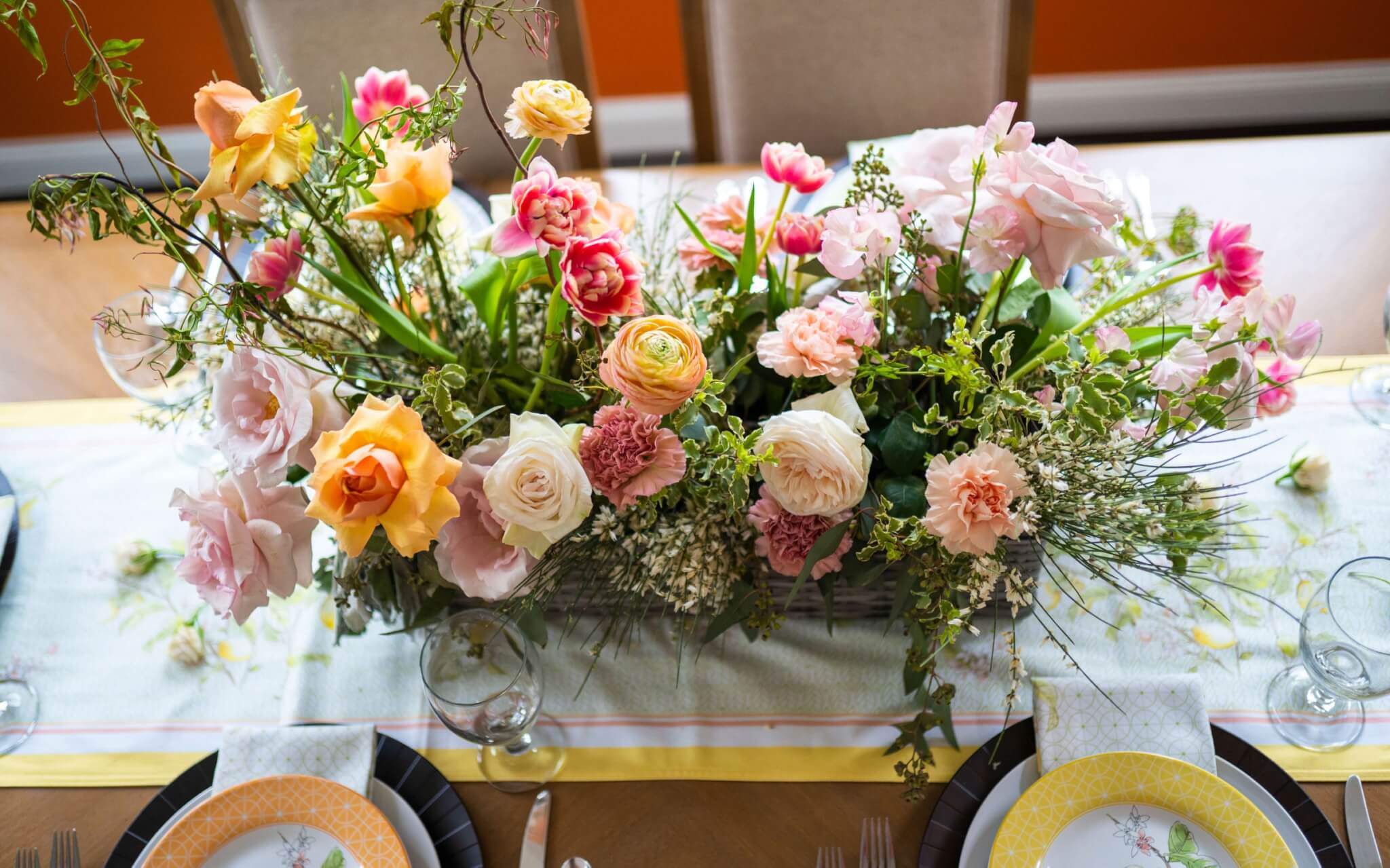

Table Decor
How To Create Floral Centerpieces
Modified: August 20, 2024
Learn how to create stunning floral centerpieces for your table decor. Get step-by-step instructions and expert tips to elevate your event's ambiance.
(Many of the links in this article redirect to a specific reviewed product. Your purchase of these products through affiliate links helps to generate commission for Storables.com, at no extra cost. Learn more)
Introduction
Welcome to the wonderful world of table decor! Creating beautiful floral centerpieces is a great way to add a touch of elegance and charm to any occasion. Whether you’re hosting a dinner party, celebrating a special event, or simply want to liven up your dining table, floral centerpieces can transform any space and create a captivating atmosphere.
In this article, we’ll guide you through the process of creating stunning floral centerpieces that are sure to impress your guests. From choosing the right flowers to selecting the perfect vase and adding the final touches, we’ll cover all the essential steps to help you create a centerpiece that reflects your personal style and enhances the ambiance of your space.
So let’s dive in and explore the art of floral arrangement!
Key Takeaways:
- Elevate any occasion with stunning floral centerpieces by choosing the right flowers, vase, and supplies. Create a visually appealing arrangement that reflects your personal style and enhances the ambiance.
- Care for your floral centerpiece to ensure its longevity and continued beauty. Follow simple tips to maintain water levels, location, and appreciate the beauty it brings to your space.
Read more: How To Create A Pink Table Centerpiece
Choosing the Right Flowers
When it comes to designing a floral centerpiece, the choice of flowers is crucial. The right selection can enhance the overall theme and create a harmonious look, while the wrong choice can create a visual disconnect. Here are some tips to help you choose the perfect flowers for your centerpiece:
- Consider the Occasion: The occasion or event will often dictate the type of flowers that are most appropriate. For formal occasions, like weddings or black-tie events, you may opt for classic flowers such as roses or lilies. For a casual gathering, wildflowers or daisies can create a more relaxed and rustic feel.
- Match the Color Scheme: Take into consideration the color scheme of the room or the event. Choose flowers that either complement or contrast with the existing decor. If you’re unsure, go for a monochromatic color scheme or select flowers that are in the same color family.
- Consider the Season: Selecting flowers that are in season ensures that they will be readily available and more affordable. In addition, using seasonal flowers adds a touch of freshness and authenticity to your centerpiece. For example, tulips and daffodils are perfect for spring, while sunflowers and dahlias are ideal for autumn.
- Think about the Fragrance: Flowers not only bring visual beauty to your centerpiece but can also add a delightful fragrance to the room. Consider the scent of the flowers and make sure it complements the ambiance you want to create. Lavender, roses, and lilies are popular choices for their pleasant aromas.
- Consider the Lifespan: Different flowers have different lifespans. If you’re hosting a multi-day event or want your centerpiece to last longer, choose flowers with a longer vase life, such as orchids or carnations. Alternatively, if you’re creating a one-time centerpiece, you can opt for more delicate and short-lived flowers.
Remember, there are no hard and fast rules when it comes to choosing flowers for your centerpiece. Ultimately, trust your instincts and go with what you love. Experiment with different combinations and arrangements to create a centerpiece that truly speaks to your personal style and vision.
Selecting the Perfect Vase
Once you have chosen the right flowers for your centerpiece, it’s time to set your table with the perfect vase to showcase their beauty. The vase you choose can significantly impact the overall look and feel of your arrangement. Here are some tips to help you select the ideal vase:
- Consider the Size and Shape: The size and shape of the vase should complement the size and style of the flowers you have chosen. For tall and slender flowers like lilies or delphiniums, a tall cylinder or trumpet-shaped vase works well. For fuller blooms, a wider and more open vase like a bowl or a square-shaped one is suitable.
- Match the Style: The vase should match the overall style and theme of the occasion or event. For a classic and elegant look, choose a crystal or glass vase. For a rustic or bohemian vibe, consider using mason jars, vintage pitchers, or wooden vessels. The material and design of the vase can contribute to the overall aesthetic appeal.
- Ensure Stability: It’s essential to select a vase that provides stability and support to your arrangement. A top-heavy centerpiece can easily tip over if not properly balanced. Look for vases with a sturdy base and a good weight distribution. You can also add decorative stones or pebbles to the bottom of the vase to provide extra stability.
- Consider Transparency: The transparency of the vase can impact the overall visual effect of the centerpiece. A clear glass vase allows the stems and water to be visible, adding a contemporary and airy feel. Alternatively, an opaque or colored vase can be used to create a more dramatic or vintage look.
- Experiment with Unconventional Containers: Don’t limit yourself to traditional vases. Get creative and think outside the box! Consider using teapots, wine bottles, or even repurposed items like tin cans or old books as unique and unexpected containers for your floral centerpiece. This adds an element of surprise and adds a personal touch to your arrangement.
- Consider Practicality: Lastly, consider the practical aspect of the vase. Ensure that it is easy to clean and maintain. Some vases may have narrow necks, making it challenging to arrange the flowers. Others may be challenging to fill with water or may not provide enough support for the stems. Prioritize functionality alongside aesthetics.
Remember, the vase you choose should serve as a beautiful backdrop to your floral arrangement. By carefully considering the size, shape, material, and style of the vase, you can elevate your centerpiece and create a visually stunning focal point for your table.
Gathering Necessary Supplies
Before you dive into creating your floral centerpiece, it’s essential to gather all the necessary supplies to ensure a smooth and efficient process. Having everything you need at hand will save you from unnecessary trips to the store and keep your creative flow uninterrupted. Here are some essential supplies you will need:
- Flowers: Of course, flowers are the star of the show! Make sure you have selected and purchased your desired flowers in the appropriate quantities. Choose fresh, vibrant blooms that are free from wilting or browning.
- Vase: As mentioned earlier, select the perfect vase that matches your chosen flowers. Ensure that it’s clean and free from any dirt or residue.
- Flower Food or Preservative: Flower food or preservative packets can help extend the life of your cut flowers. These can usually be obtained from florists or purchased online. Follow the instructions provided on the packet to ensure proper use.
- Pruning Shears or Flower Scissors: Sharp pruning shears or flower scissors are essential for cutting the stems of your flowers. Ensure that they are clean and sanitized to prevent the spread of any diseases or damage to the flowers.
- Clean Water: Fill a clean container with fresh water to hydrate your flowers. Ensure that the water is at room temperature, as extreme temperatures can shock the flowers and inhibit their longevity.
- Floral Tape: Floral tape is useful for creating a grid or lattice pattern on the top of the vase. This grid will help support the stems of your flowers and maintain their desired arrangement.
- Ribbon or Decorative Accents (optional): If you want to add extra flair to your centerpiece, gather any ribbons, bows, or decorative accents that you would like to incorporate. These elements can help tie in the theme or color palette of your event.
- Table Cover or Protection: To avoid any spills or messes during the arrangement process, consider laying down a tablecloth or protective covering. This will make cleanup easier and prevent any potential damage to your table or surfaces.
By gathering these supplies beforehand, you’ll minimize any last-minute scrambling and ensure that you have everything you need to create a beautiful and well-prepared floral centerpiece.
Preparing the Flowers and Vase
Now that you have gathered all the necessary supplies, it’s time to prepare your flowers and vase. Taking the time to properly prepare your materials will ensure optimal freshness and longevity for your centerpiece. Follow these steps to get your flowers and vase ready:
- Trim the Stems: Start by trimming the stems of your flowers. Use sharp pruning shears or flower scissors to make a clean and angled cut at the base of each stem. This will help the flowers absorb water more effectively and prolong their lifespan. Remove any foliage that would be submerged in water to prevent bacterial growth.
- Remove thorns or leaves: For certain flowers, such as roses, it may be necessary to remove thorns or unwanted leaves. Use gardening gloves or carefully hold the stem with a clean rag while gently running your fingers along the stem to remove any thorns. Remove any leaves that would be below the water line in the vase.
- Fill the Vase with Water: Fill your chosen vase with clean water, ensuring that it’s at room temperature. Avoid overfilling the vase, as this may cause water spillage when arranging the flowers.
- Add Flower Food: If you have flower food or preservative packets, follow the instructions provided to add them to the water in the vase. These packets contain nutrients and ingredients that help keep the water clean and provide nourishment to the flowers.
- Create a Grid or Lattice (optional): Using floral tape, create a grid or lattice pattern on the top of the vase. This grid will provide support to the stems and help maintain the desired arrangement. Ensure that the tape is secured firmly to the edges of the vase.
- Place the Vase in the Desired Location: Choose a suitable location for your centerpiece, whether it’s in the center of the table or elsewhere in the room. Consider the height and visibility of the arrangement to ensure it complements the overall ambiance.
Once you have prepared your flowers and vase, you’re ready to move on to the fun part – creating the base of your floral centerpiece. A well-prepared vase and properly trimmed stems will provide the foundation for a visually stunning arrangement that will last for days to come.
Read more: How To Create Hanging Floral Arrangements
Creating the Base of the Centerpiece
The base of your floral centerpiece sets the stage for the rest of the arrangement. It provides a solid foundation and adds visual interest to your centerpiece. Follow these steps to create the base:
- Add Foliage: Start by adding a layer of foliage to the base of your vase. Choose greenery that complements your selected flowers. This could include leaves, ferns, or branches. Arrange them in a way that creates a balanced and visually appealing base.
- Fill in Open Spaces: Next, fill in any open spaces between the foliage with additional accent flowers or filler flowers. These smaller blooms add texture and depth to the arrangement. Consider using flowers like baby’s breath, wax flowers, or statice to create a fuller base.
- Consider Height: Depending on the desired height of your centerpiece, you can add taller stems or branches that extend above the foliage. This will create dimension and visual interest. Play around with different arrangements until you achieve the desired look.
- Create Symmetry or Asymmetry: Decide whether you want to create a symmetrical arrangement with equal amounts of foliage and flowers on each side, or if you prefer an asymmetrical look with varying heights and densities. Both approaches can create a stunning centerpiece, so choose the style that best suits your taste and the occasion.
- Adjust and Rearrange: Step back and assess your base arrangement. Make any necessary adjustments and reposition any stems or foliage that may not be sitting how you’d like. Don’t be afraid to experiment and try different combinations until you achieve the desired look.
The base of your centerpiece serves as the canvas for the rest of your arrangement. Take your time to create a visually appealing base that complements your chosen flowers and sets the tone for the overall centerpiece design.
When creating floral centerpieces, start by choosing a variety of flowers in different shapes, sizes, and colors to add depth and visual interest to the arrangement.
Arranging the Main Flowers
Now that you’ve created a beautiful base for your centerpiece, it’s time to focus on arranging the main flowers. These are the star blooms that will take center stage in your arrangement. Follow these steps to arrange the main flowers:
- Select a Focal Point: Choose one or a few main flowers to serve as the focal point of your arrangement. These should be larger blooms or show-stopping flowers that will immediately draw attention. Position them strategically in the center or at a focal point within the arrangement.
- Work in Odd Numbers: When arranging your main flowers, it’s generally best to work in odd numbers. This creates a more visually appealing and balanced look. For example, use three or five main flowers as the focal point.
- Vary the Heights: To add visual interest and depth to your arrangement, vary the heights of the main flowers. Trim the stems at different lengths and position them at different heights within the vase. This will create a dynamic and eye-catching display.
- Consider Color Placement: Pay attention to the placement of different colored flowers. Distribute them evenly throughout the arrangement to create balance and harmony. If you have flowers of different shades of the same color, arrange them in a gradient pattern for a visually pleasing effect.
- Layer and Overlap: Don’t be afraid to layer and overlap the main flowers. This adds dimension and creates a fuller and more lush appearance. Experiment with different angles and positions until you achieve a cohesive and visually pleasing arrangement.
- Step Back and Assess: Take a step back and assess your arrangement. Stand at different angles and distances to ensure that it looks well-balanced from all viewpoints. Make any necessary adjustments to ensure that the main flowers are positioned in a way that is pleasing to the eye.
Arranging the main flowers is where your creativity can truly shine. Play around with different combinations, heights, and colors until you achieve an arrangement that is visually stunning and captures the essence of your personal style and the occasion.
Adding Greenery and Filler Flowers
Now that you have arranged the main flowers, it’s time to add greenery and filler flowers to enhance the overall look and fill in any gaps in the arrangement. Follow these steps to add greenery and filler flowers:
- Select Complementary Greenery: Choose greenery that complements the main flowers and adds texture and depth to the arrangement. Some popular choices include eucalyptus, ferns, ivy, or even branches with leaves. Trim the stems of the greenery and insert them strategically around the main flowers.
- Tuck in Filler Flowers: Filler flowers, such as baby’s breath, statice, or wax flowers, are perfect for adding a delicate touch and filling in any empty spaces. Cut the filler flowers into smaller clusters or individual stems and tuck them in between the main flowers and the greenery. This will create a fuller and more balanced arrangement.
- Distribute Greenery and Fillers Evenly: Ensure that the greenery and filler flowers are distributed evenly throughout the arrangement. Avoid clustering them in one area and instead disperse them for a more cohesive look. Step back and assess the arrangement from different angles to make any necessary adjustments.
- Consider Height and Placement: Vary the height and placement of the greenery and filler flowers to create depth and visual interest. Some stems can be taller and extended above the main flowers, while others can be slightly shorter and tucked in closer to the base of the arrangement. Experiment with different positions until you achieve the desired effect.
- Don’t overpower the arrangement: While adding greenery and filler flowers is important to create a lush and visually appealing centerpiece, be mindful not to overpower the arrangement. The main flowers should still remain the focal point. The greenery and filler flowers should complement and accentuate the main blooms rather than overshadowing them.
Adding greenery and filler flowers adds depth, texture, and a touch of whimsy to your floral centerpiece. Be creative and experiment with different combinations until you achieve an arrangement that is visually stunning and showcases the beauty of all the elements working together harmoniously.
Adding Final Touches
As you near the completion of your floral centerpiece, it’s time to add the final touches that will elevate the overall look and make it truly special. Here are some ideas to consider when adding those finishing touches:
- Ribbon or Bow: Consider adding a ribbon or bow around the vase to add a touch of elegance or to tie in with the theme or color scheme of the occasion. Choose a ribbon in a complementary color and wrap it around the vase, tying it into a bow or a simple knot.
- Decorative Accents: Enhance your centerpiece with additional decorative accents, such as pearls, crystals, or glitter. Scatter these accents around the arrangement or place them strategically among the flowers to add a touch of sparkle and glamour.
- Table Scatter: Adding table scatter, such as petals, confetti, or decorative stones, around the base of the centerpiece can create a polished and cohesive look. Choose scatter that complements the colors and theme of your arrangement.
- Candles: Consider incorporating candles into your centerpiece for a romantic and ambient glow. Choose candle holders or votive holders that match the style and color scheme of your arrangement. Place the candles strategically among the flowers and greenery for a stunning effect.
- Mirror or Tray: Place your floral centerpiece on a mirrored surface or a decorative tray to add a touch of sophistication and create a focal point. This will elevate the overall presentation and make your centerpiece stand out.
- Personalized Touch: Consider incorporating a personalized touch, such as a small photo frame, a name card, or a small memento that holds special meaning. It’s a subtle way to make your centerpiece more meaningful and unique to the occasion.
When adding the final touches, be mindful not to overcrowd the arrangement and to maintain a balance between the various elements. The key is to enhance the centerpiece without overpowering the beauty of the main flowers and the overall design. Step back and assess your centerpiece, making any necessary adjustments until you achieve the desired look and feel.
Caring for Your Floral Centerpiece
After putting in the effort to create a beautiful floral centerpiece, it’s important to know how to properly care for it to ensure its longevity and continued beauty. Follow these tips to care for your floral centerpiece:
- Water: Check the water level in the vase daily and fill it up as needed. It’s best to change the water every two to three days to keep it fresh and prevent bacterial growth. When changing the water, re-cut the stems at an angle to promote better water absorption.
- Location: Keep your floral centerpiece in a cool area away from direct sunlight, drafts, and sources of heat. Sunlight and heat can cause the flowers to wilt more quickly, while drafts can dry them out. Find a spot where the arrangement can be enjoyed without compromising its freshness.
- Mist: Mist the petals and foliage of the flowers daily with clean water using a spray bottle. This helps to add moisture and keeps the flowers hydrated, especially if you are in a dry environment.
- Remove Wilting Flowers: As flowers start to wilt, carefully remove them from the arrangement. This prevents them from affecting the freshness of the other flowers and maintains the overall aesthetic of the centerpiece.
- Avoid Ethylene Sources: Keep your floral centerpiece away from ethylene sources such as ripening fruits, cigarette smoke, and exhaust fumes. Ethylene can hasten the aging process of flowers and cause them to wilt more quickly.
- Consider Refrigeration: If you need your floral centerpiece to last longer, consider placing it in the refrigerator overnight. The cool temperature will help preserve the freshness of the flowers. However, be cautious with delicate flowers, as some may be sensitive to low temperatures.
- Enjoy and Appreciate: Finally, take the time to enjoy and appreciate your floral centerpiece. Admire the beauty it brings to your space and the joy it brings to those who see it. A well-cared-for centerpiece can last for several days, allowing you to enjoy its beauty for an extended period.
By following these care tips, you can ensure that your floral centerpiece remains vibrant, fresh, and visually appealing. Proper care and attention will allow you to enjoy your centerpiece to the fullest extent and make a lasting impression on all who see it.
Conclusion
Congratulations! You have now learned the art of creating stunning floral centerpieces. With the right flowers, a carefully selected vase, and the necessary supplies, you can transform any space into a captivating and inviting environment. By following the steps outlined in this article, you can create a centerpiece that truly reflects your personal style and enhances the ambiance of any occasion.
Remember to choose flowers that complement the occasion and color scheme, considering the season and fragrance. Select a vase that complements the style and size of your flowers, and gather all the necessary supplies to ensure a smooth process. Properly prepare your flowers and vase by trimming stems, adding water, and creating a sturdy base.
As you arrange the main flowers, consider focal points, varying heights, and color placements to create a visually appealing and balanced centerpiece. Add greenery and filler flowers to add texture and fill in any gaps. Finally, add those final touches, such as ribbons, decorative accents, or candles, to elevate the centerpiece and make it truly special.
Don’t forget to care for your floral centerpiece by maintaining water levels, keeping it in a suitable location, misting the flowers, and removing wilting blooms. By providing the proper care, your centerpiece will continue to enchant and bring beauty to your surroundings.
Now that you have the knowledge and skills, let your creativity flourish and enjoy the process of creating your own stunning floral centerpieces. Whether it’s for a special event, a dinner gathering, or simply to add a touch of elegance to your everyday life, your centerpieces will surely captivate and impress all who see them. So go ahead, get your supplies ready, and let your creativity bloom!
Frequently Asked Questions about How To Create Floral Centerpieces
Was this page helpful?
At Storables.com, we guarantee accurate and reliable information. Our content, validated by Expert Board Contributors, is crafted following stringent Editorial Policies. We're committed to providing you with well-researched, expert-backed insights for all your informational needs.
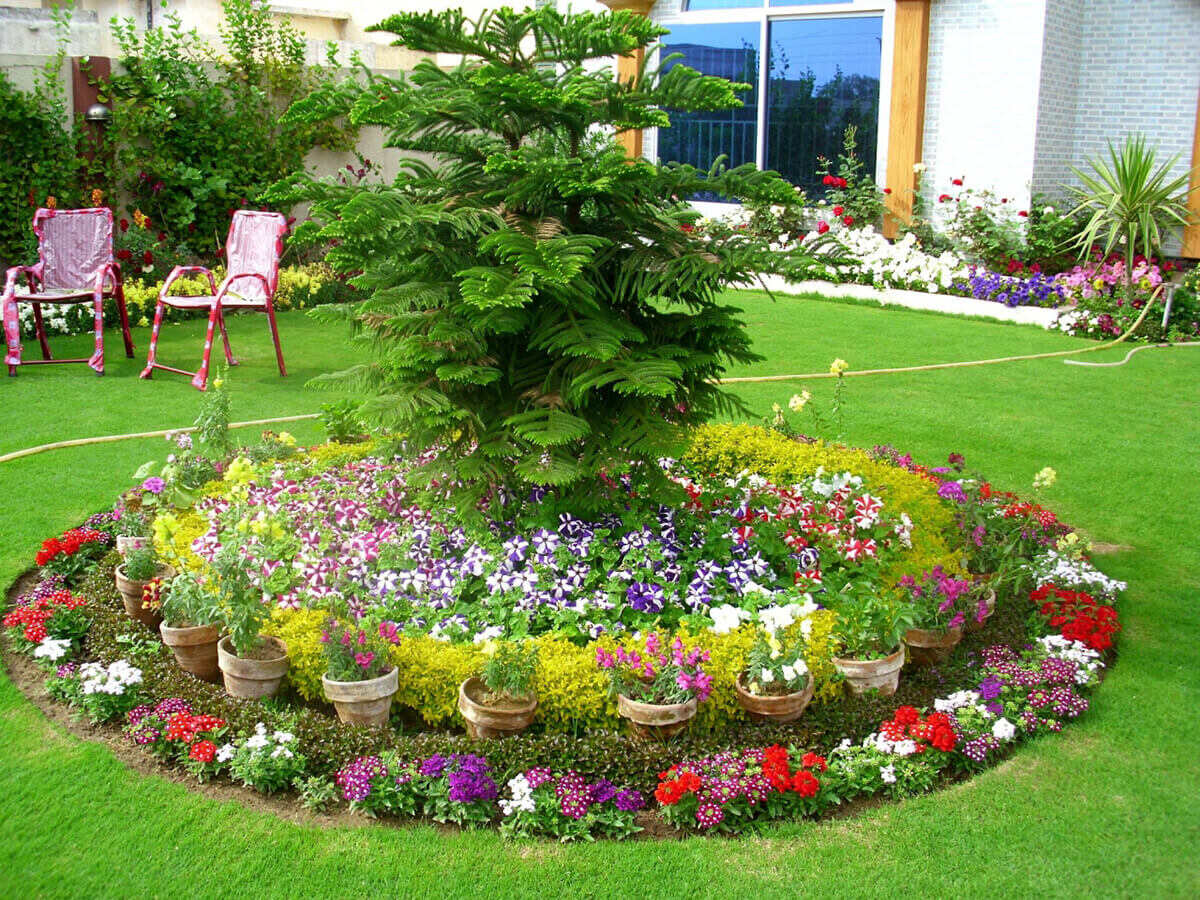
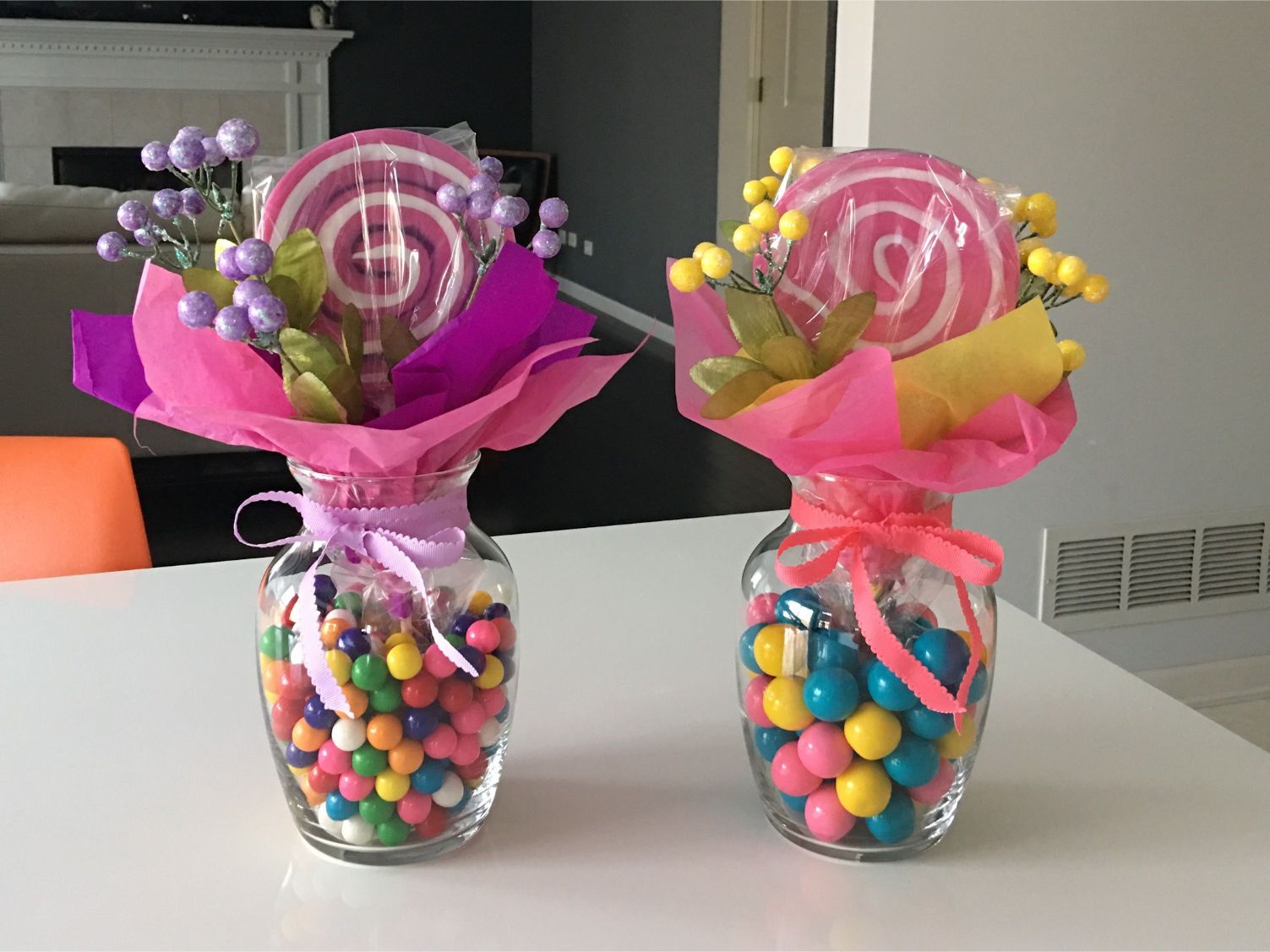
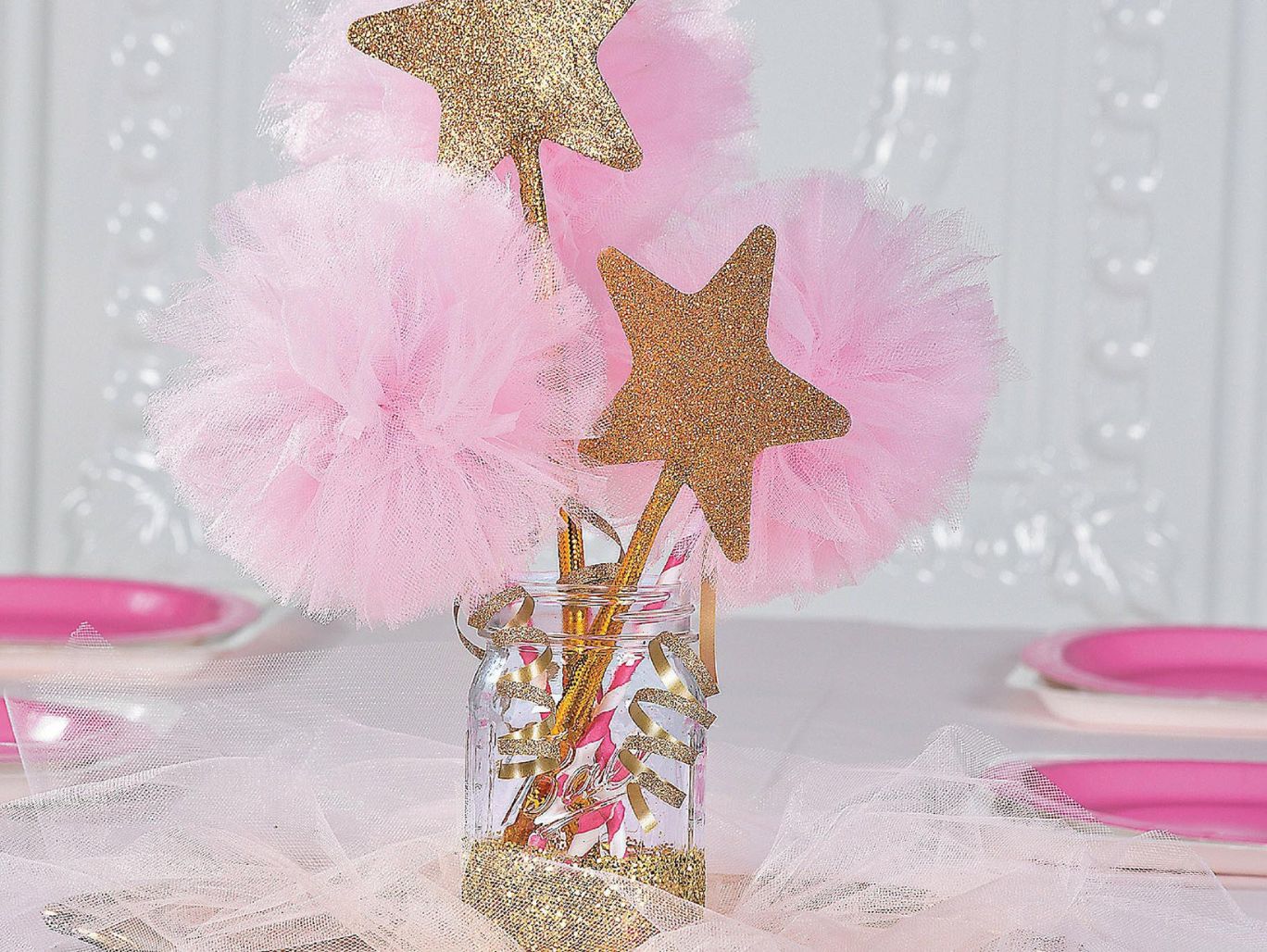
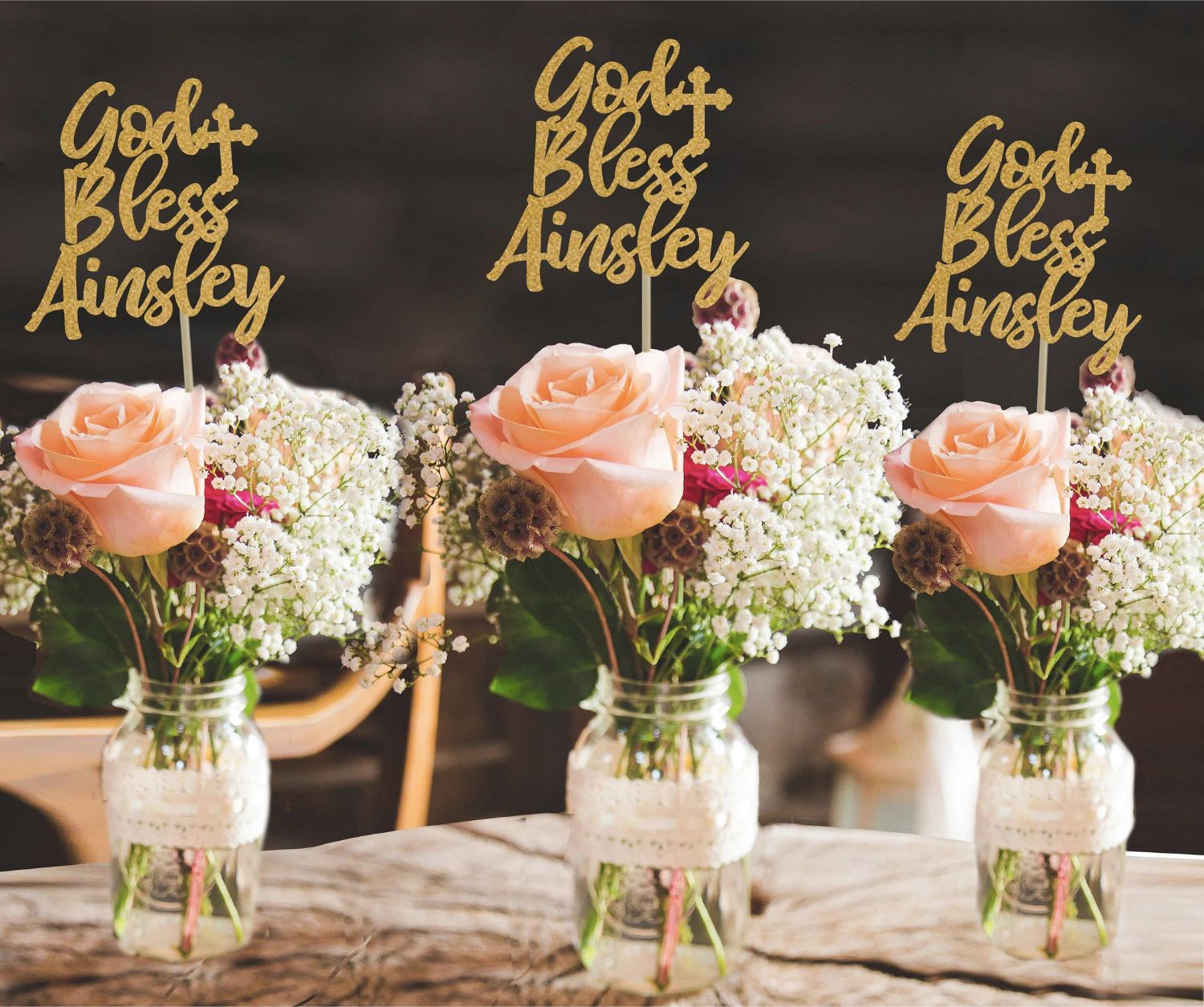
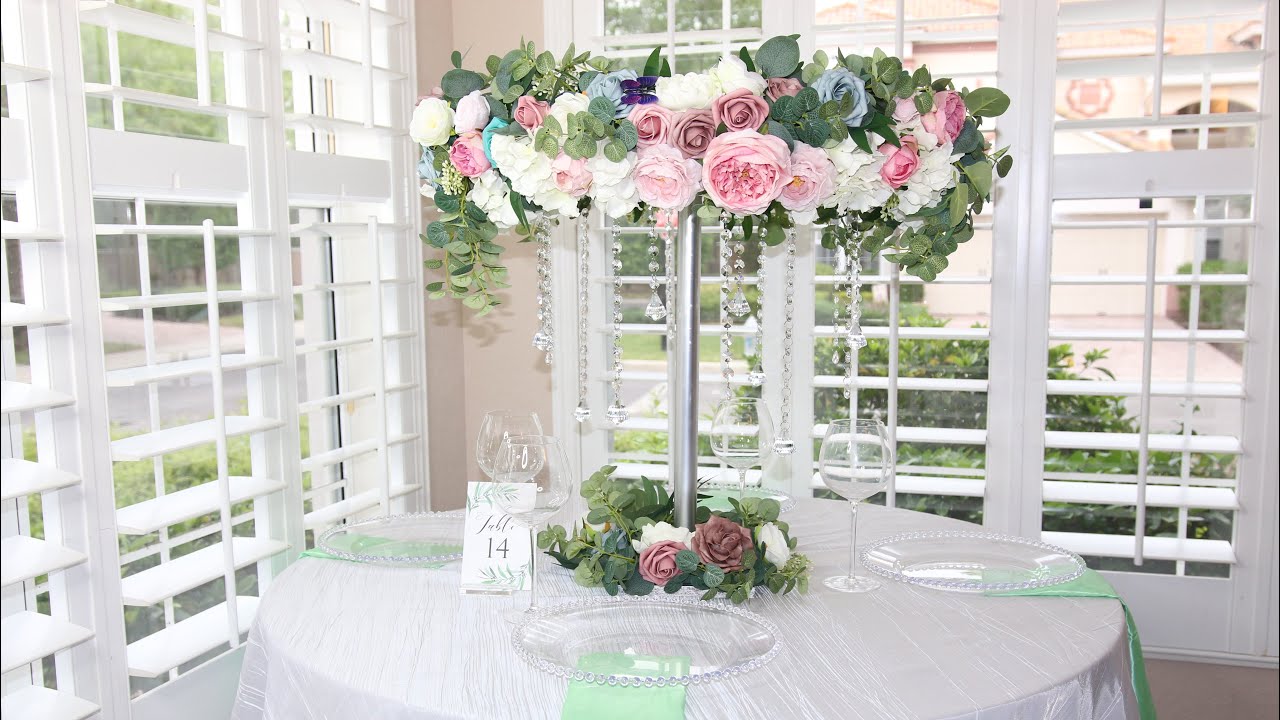
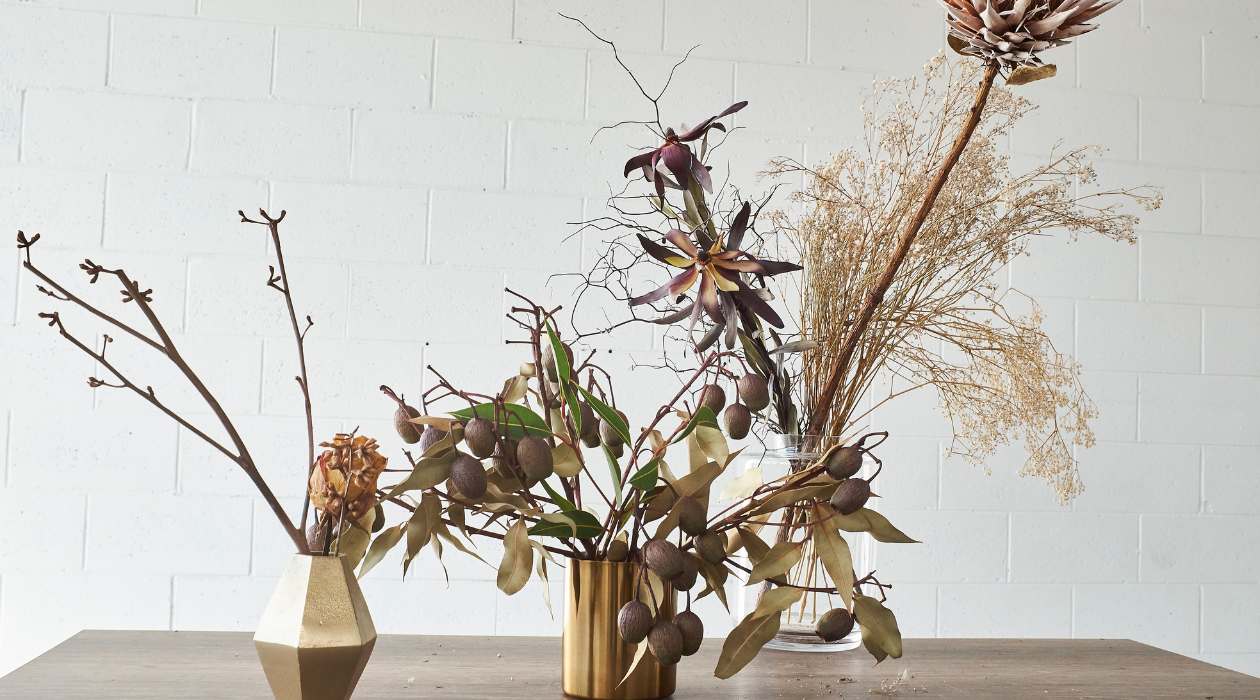
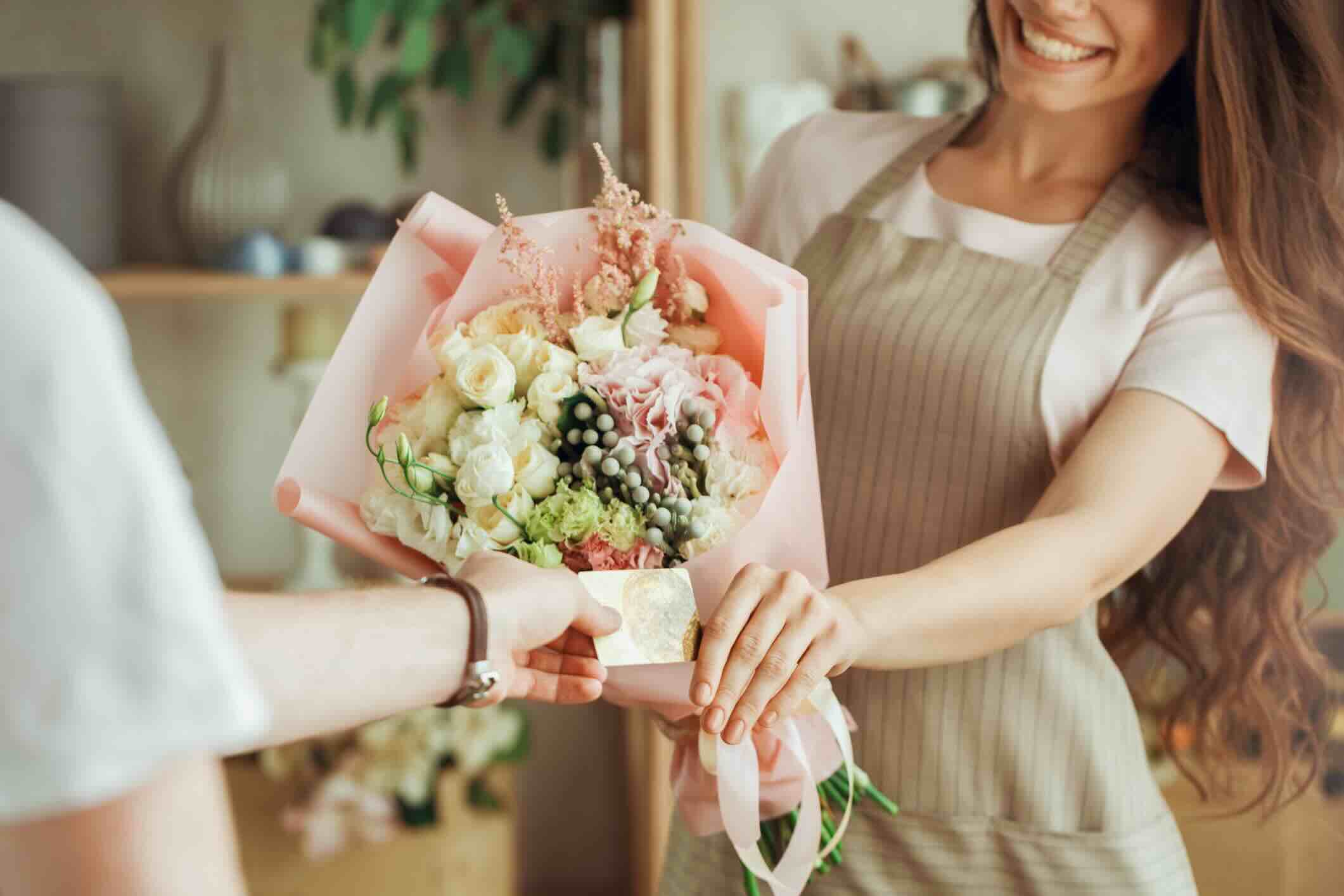
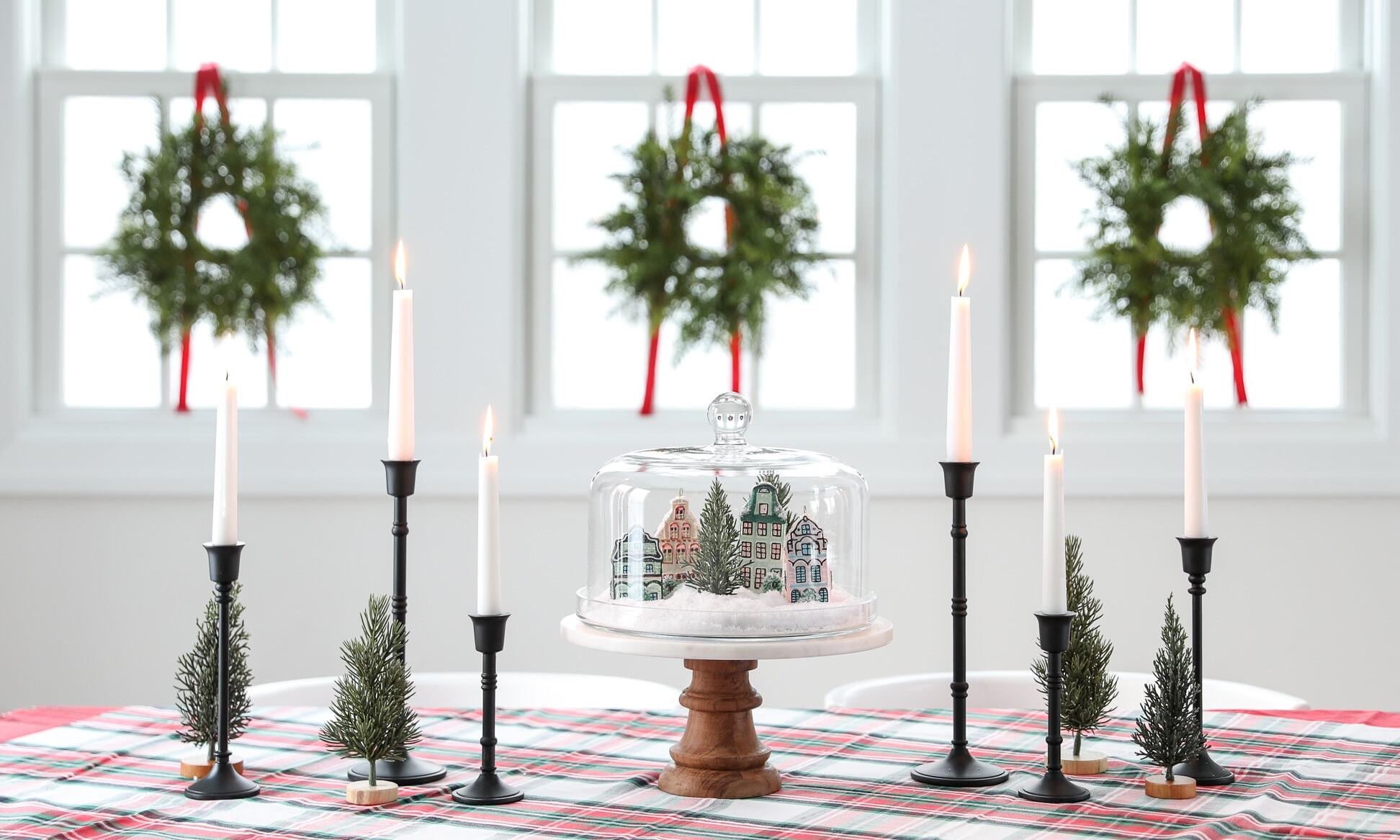
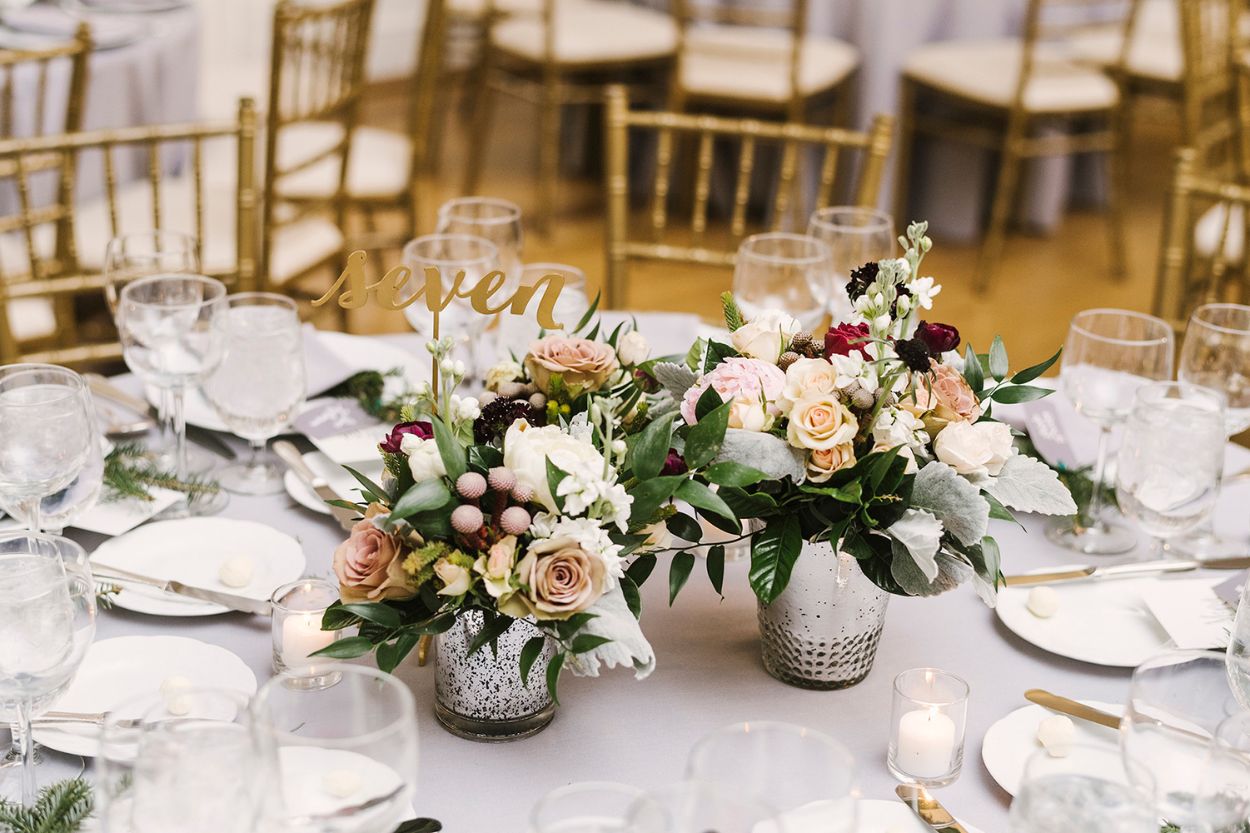
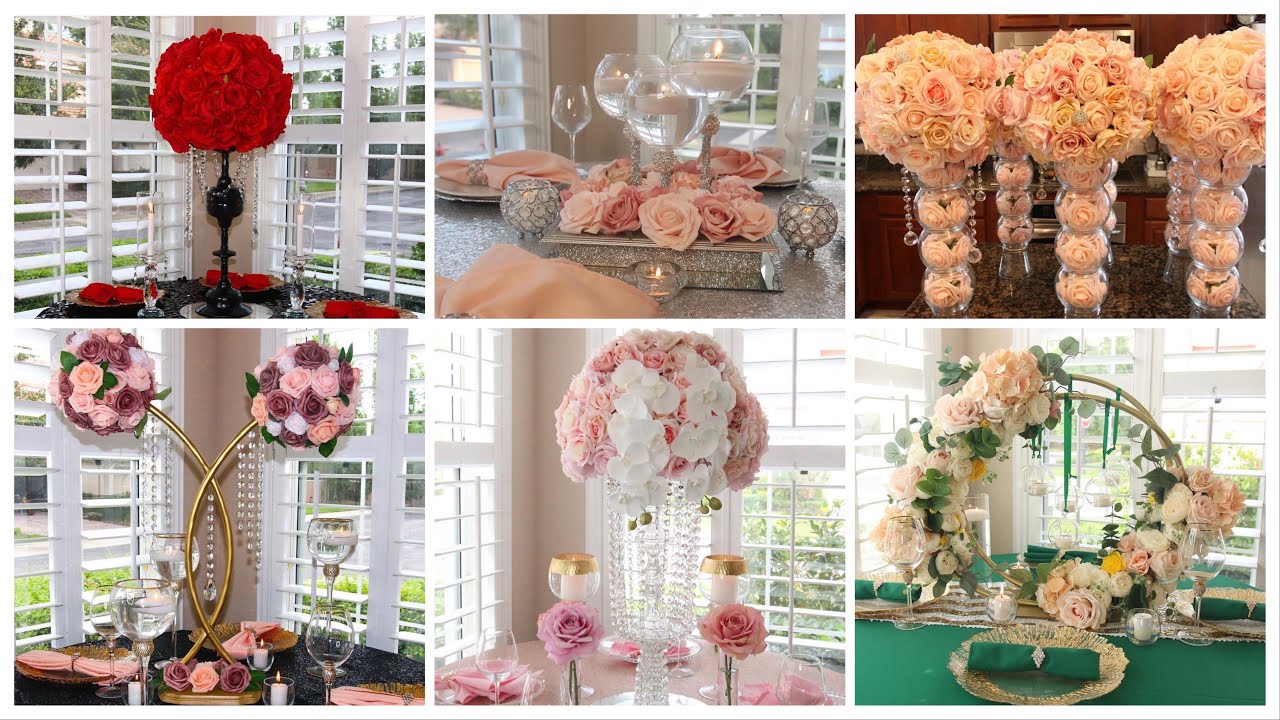
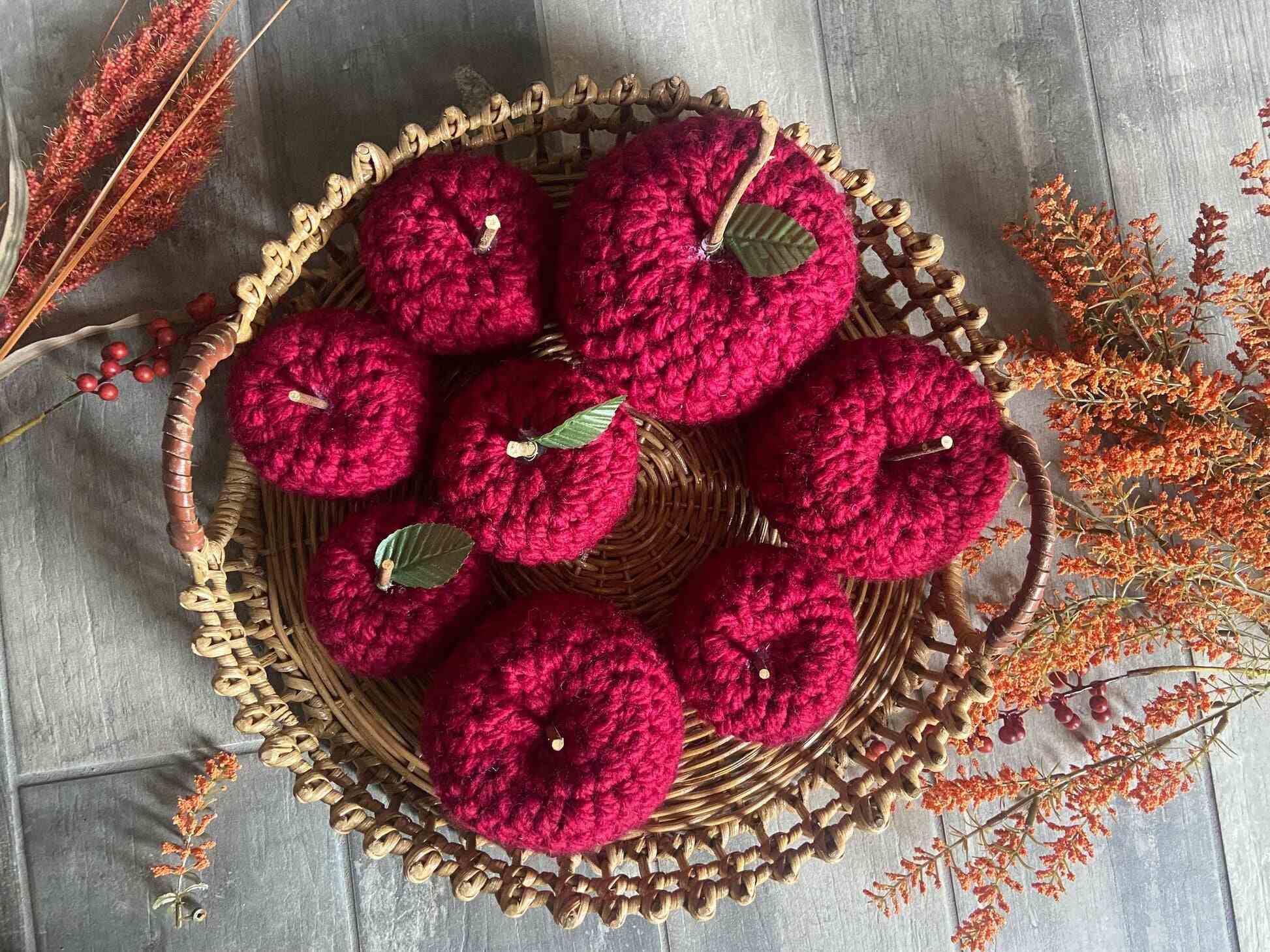

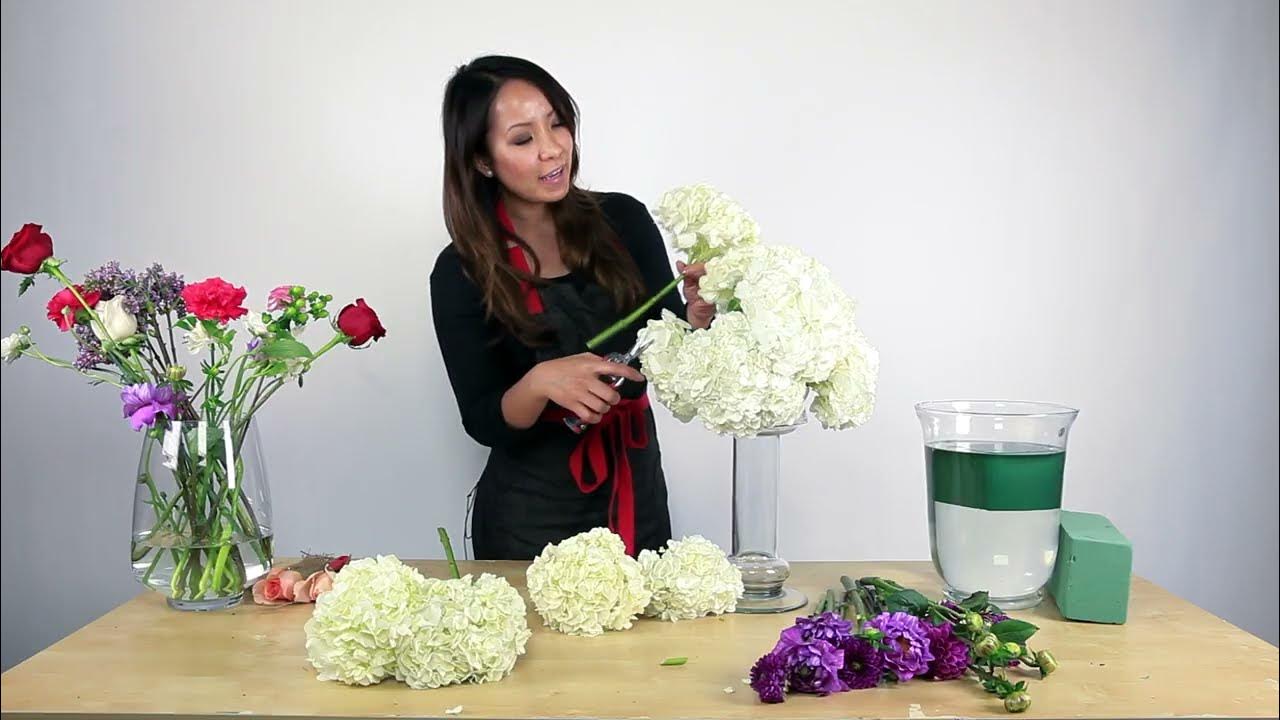

0 thoughts on “How To Create Floral Centerpieces”